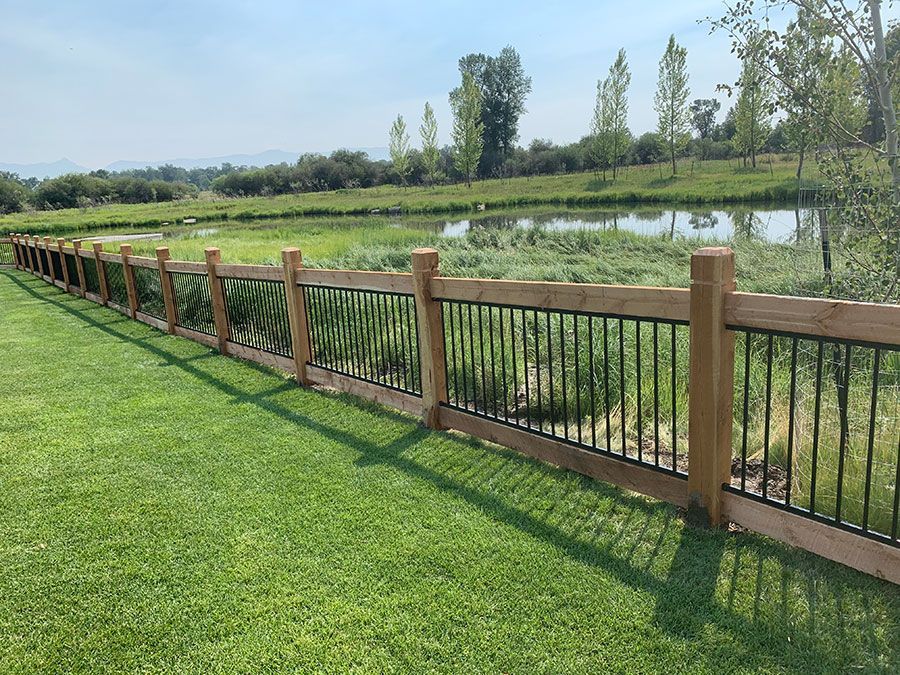Selecting the right fence for your home or business can be tough. Let's compare the benefits of continuous panel fencing versus traditional fencing to help you make the right choice.
Comparison of Materials and Costs
When considering fencing, the materials you select will influence both the cost and overall effectiveness:
- Continuous Panel Fencing: Typically made of welded steel, this option is designed for durability and longevity. While the initial investment may be higher, the reduced maintenance costs make it a cost-effective solution over time.
- Traditional Fencing: Traditional options such as wood, vinyl, or barbed wire tend to be less expensive initially, but ongoing maintenance can make them pricier in the long run.
Durability and Care: A Key Comparison
When it comes to withstanding the elements and everyday wear, here’s how the options compare:
- Continuous Panel Fencing: Built for strength, these panels resist damage from livestock and harsh weather conditions. Maintenance is minimal, usually limited to occasional cleaning or rust prevention.
- Traditional Fencing: Prone to weather-related wear, wood fences can rot, while barbed wire and vinyl can break or degrade over time. Regular upkeep is often necessary to maintain functionality and appearance.

Appearance Comparison
How your fence looks can impact your property’s aesthetic:
- Continuous Panel Fencing: With its clean and modern appearance, continuous panel fencing is suitable for both residential and farm settings, and can be tailored with different finishes and accessories.
- Traditional Fencing: Traditional wood and vinyl fences bring a rustic, timeless look, while barbed wire tends to prioritize function over style.
Suitability for Various Applications
Different fencing types serve different purposes:
- Continuous Panel Fencing: Ideal for livestock containment, property boundaries, and high-traffic areas where durability is critical.
- Traditional Fencing: Works well for smaller enclosures, decorative purposes, or areas with limited budget constraints.
Conclusion: Making an Informed Decision
When choosing between continuous panel fencing and traditional fencing, consider your priorities:
- For long-term durability and low maintenance, continuous panel fencing is the clear winner.
- For a more budget-friendly or decorative option, traditional fencing may offer a more affordable and visually appealing alternative.
Evaluate your budget, property requirements, and style preferences to make the most suitable choice.